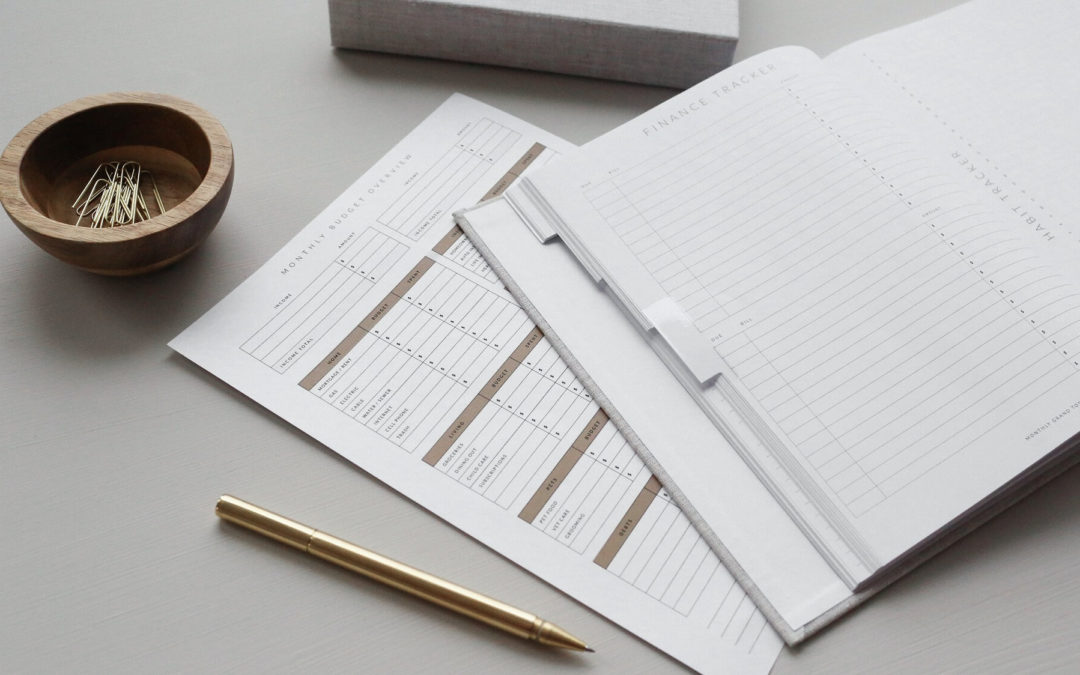It is bold of me to assert that I have created one of the best divorce budget spreadsheet templates you will ever find as you are preparing for divorce (or adjusting to managing your finances after divorce).
I developed this budget template because there are many free divorce-related budget worksheets on the Internet and I do not find any of them fit my clients’ needs. Necessity is the mother of invention.
You Need to Know How Much You Spend On Average Each Month
As part of the financial disclosure process, many states require divorcing parties to list their average monthly expenses by budget category. For example, New York’s Statement of Net Worth includes a section where you list your average monthly expenses. The form does a good job of prompting you to think about nearly every expense you may incur for yourself or your children.
In contrast, California’s Income and Expense Declaration fails to include detailed budget categories which leads many of my clients to under-report their expenses.
Neither state does a consistent job in helping people separate out expenses for themselves versus expenses for their minor or adult children. Child support is intended to cover the expenses of minor children and not adult children. But who pays for meals, gasoline, and car insurance for Johnny when he comes home from college for the summer? While child support may not cover such expenses, someone has to pay for them unless Johnny is 100% on his own.
If you take the time to complete my free divorce budget spreadsheet template, you will be prepared to complete any state’s required expense disclosure statements. If you use the spreadsheet version of the template, it will calculate total expenses for you.
Errors or Omissions in Financial Disclosure Statements Can Have a Significant Impact on the Outcome of Your Divorce
Depending on the state, amounts for child support and alimony (also referred to as spousal support or maintenance) may depend in part on the expenses of both the supported and supporting party. In California, one of the statutory factors considered in awarding spousal support is the standard of living during the marriage which is often determined by analyzing household income and expenses.
After considering child support, divorcing couples with whom I work may decide to split children’s expenses equally or by some other formula. When composing your budget, it is important to distinguish expenses for minor and adult children from your own.
You Should Continue to Use a Budget After Divorce
Child support is eliminated as children grow up. Alimony can be modified (reduced or eliminated) when the payer enters retirement. In my online course, Woman’s Guide to Financial Independence After Divorce, I teach students how to prepare for changes in income and why they must set aside money in their budget to invest for their future. Students get several hours of educational and interactive content for less than what they would spend for an hour with a family law attorney.
Make Budget-Building Easier
Let’s be honest. No one enjoys working on a budget, especially if it has to be done under a deadline. Using the divorce budget spreadsheets linked in this article, or worksheets provided by your local court or by your attorney is the best way to start getting organized. If you have an inkling that your marriage may be coming to an end, you should start building your budget now.
Identify the bank accounts and credit cards you and your spouse use for most household and personal expenditures. Many financial institutions create annual spending reports which you can download from your online account. If you download a data file you can organize the information within a spreadsheet. You will be able to see how much money you spend on certain categories each month.
You can also link your bank and credit cards to Mint which is a free expense tracker and budgeting application. When you first link your accounts, Mint captures your spending over the last three months. From there it pulls in each transaction as they occur so if you use it for nine months you will have a year’s worth of data. You can download the data to organize in a spreadsheet.
You may need to spend an hour or so to “train” the software to categorize expenses accurately. But, hey, it’s free.
Keep in mind that if you have expenses that do not run year-round like summer camp, just figure out what you spend each year and then divide by 12 to get an average monthly figure. For something like tires that you buy every three years, you can divide that expense by 36 to get an average monthly amount. For example, if you estimate you spend $800 every three years on tires, your average monthly expense would be $22.
Learning how to budget is not a natural skill for many of us. But let me assure you that if you develop this skill you will feel empowered and less anxious about your finances after divorce. When the economy gets tough and money is tight, you will know what you can and cannot cut from your budget so you stay out of debt and continue to build wealth for your future.
Don’t forget to download the best divorce budget spreadsheet here!

Laurie Itkin is a California-based financial advisor and certified divorce financial analyst (CDFA). She provides financial planning to clients contemplating divorce, in the process of divorce, and transitioning from married to single life. You can learn more about Laurie and the services she offers at www.TheOptionsLady.com.
P.S. Want more tools and resources to stay positive during a divorce? Download my Free Divorce Survive & Thrive Kit below!
With support and strength,


FOLLOW GABRIELLE

DISCLAIMER: The commentary, advice, and opinions from Gabrielle Hartley are for informational purposes only and not for the purpose of providing legal advice or mental health services. You should contact an attorney and/or mental health professional in your state to obtain advice with respect to any particular issue or problem.
- One Edgewater Plaza Suite 304, Staten Island, NY 10305
- 266 Smith Street, Brooklyn, NY 11231
Northampton MA
PHONE:
New York: (917) 905-4553
Boston: (413) 450-0420



